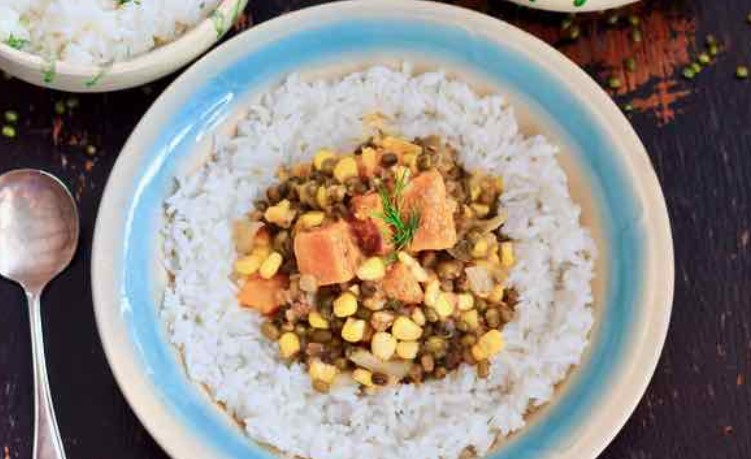Introduction: Timorese cuisine
Timorese cuisine is a unique blend of Southeast Asian and Pacific Island flavors. The cuisine of Timor-Leste, also known as East Timor, reflects the country’s cultural diversity and history. The cuisine is heavily influenced by the Portuguese, who colonized the country for centuries, as well as neighboring countries such as Indonesia and Australia.
Importance of rice in Timor-Leste
Rice is a staple food in Timor-Leste and is an essential part of the country’s cuisine. It is the primary source of carbohydrates and is used in most meals. Rice is considered a symbol of prosperity, and it is an integral part of Timorese cultural heritage. It is served at almost every meal, from breakfast to dinner, and is often consumed with vegetables, fish, meat, or beans.
Varieties of rice used in Timorese cooking
There are several varieties of rice used in Timorese cuisine, including white rice, black rice, and glutinous rice. White rice is the most commonly used variety and is usually served with a variety of side dishes. Black rice, also known as “forbidden rice,” has a nutty flavor and is used in sweet dishes such as rice pudding or cake. Glutinous rice, also known as sticky rice, is used in traditional Timorese desserts such as bolo de arroz.
Traditional rice-based dishes in Timor-Leste
Some of the traditional rice-based dishes in Timor-Leste include arroz maluco (crazy rice), nasi goreng (Indonesian-style fried rice), and arroz de coco (coconut rice). Arroz maluco is a spicy dish made with rice, vegetables, and meat or fish. Nasi goreng is a popular breakfast dish that is made with leftover rice, vegetables, and meat or seafood. Arroz de coco is a sweet dish made with rice, coconut milk, and sugar.
Rice cultivation and harvest in Timor-Leste
Rice cultivation is a vital part of Timor-Leste’s economy and society. Rice is grown in both upland and lowland areas, with most of the rice production occurring in the lowlands. The majority of the rice harvest is done by hand, and most of the farmers use traditional farming methods. However, modern farming techniques such as mechanization and irrigation are slowly being introduced to increase productivity and yield.
Future of rice in Timorese cuisine and economy
Rice will continue to play a significant role in Timorese cuisine and economy in the future. The government has implemented policies and programs to support rice production, including the establishment of a national rice research center and the distribution of high-yield rice varieties to farmers. The country’s rice exports have also been increasing, providing an opportunity for economic growth. As the country continues to develop, rice will remain an essential part of Timorese life and cuisine.

